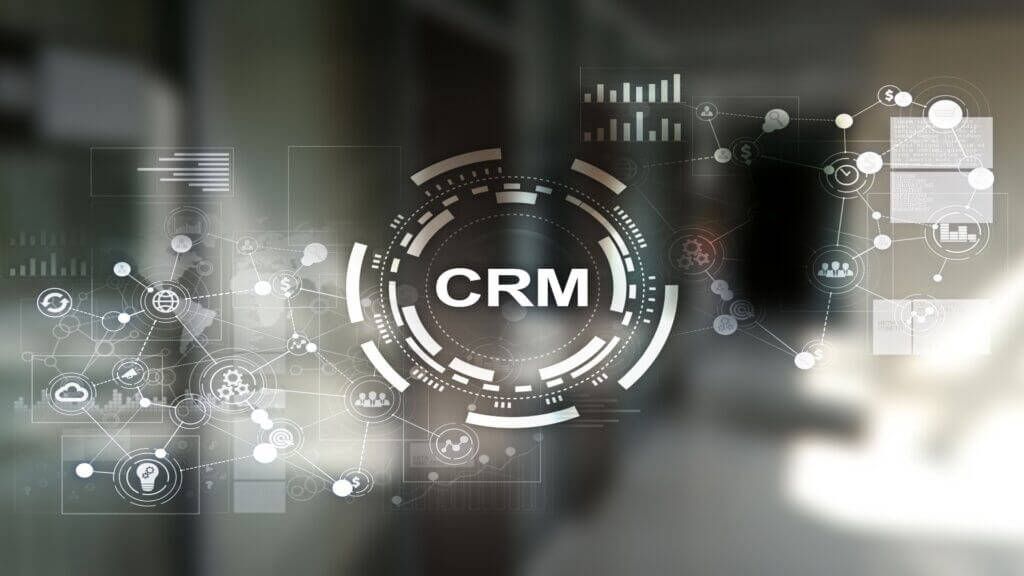Why Energy and Net Zero Need to be a Board-Level Issue
By Anthony Ainsworth, Chief Operating Officer at npower Business Solutions
It is fair to say that when it comes to the energy market – we have experienced one of the most volatile periods of time in recent memory. Businesses have struggled with the impact of rising wholesale energy costs – in our recent Business Energy Tracker report, 77% of large organisations said that energy was now their top business risk.
As a result, the report also showed that energy is now a board-level issue – 80% of our respondents said that the C-suite was concerned about the impact of wholesale energy prices, and we can only see this rising.
That is why it is so important that the whole board – including CEOs, CFOs, COOs and CSOs – supports any measures that can help their business reduce energy risk and, in turn, help facilitate both their organisations’ and the UK’s net zero ambitions.
However, we know that competition for capital investment is high, and that during challenging economic times, investing in net zero measures may be lower on the priority list. Indeed, our Business Energy Tracker showed that almost half of businesses think that the current energy crisis will harm net zero progress and the cost of funding the transition is a major concern, with a huge 93% saying they were very or a little concerned about the potential economic impact on their business.
That said, there is still support – two thirds (67%) of businesses believe that net zero by 2050 is achievable, and nearly three quarters (72%) also say that they feel clear on the role they can play in the transition. 72% also believe that their business will benefit either in a number of ways, including greater resiliency through saving money and carbon, improved reputational and attracting the next generation of talent.
That is why having a CEO that supports net zero is so important, as embedding a proactive approach to sustainability will also help a business better manage energy risk.
So, what are the important steps senior leaders should take?
Understand your current sustainability status
To help assess the most suitable path to net zero for your organisation, it is important to have insight on how you are currently using energy and what impact your efficiency and sustainability projects are already having. That way, you can understand the best measures for the future, so you can plan an effective and sustainable energy strategy. Tools such as our new Net Zero Calculator – an easy-to-use interactive tool – can help your business develop a holistic net zero programme that delivers real and lasting benefits.
Maximise energy efficiency
It goes without saying that the less energy you use, the less you will pay. Energy efficiency was highlighted in the Business Energy Tracker as the top tactic organisations were taking to reduce risk – more than half (58%) said they were increasing energy efficiency – which rose significantly to 84% among those that spend more than £2 million on energy. Energy efficiency will also help you meet your net zero goals, so it’s a win-win all round.
Invest in on-site generation
You can also consider investing in sustainable on-site generation such as solar, wind or combined heat and power (CHP). This has multiple benefits, including lowering emissions and making your organisation less reliant on the grid. Again, this was a popular option in our report – more than a quarter (27%) of respondents said they are planning to invest in this measure to combat energy risk.
It’s easy to see why, not only does it provide businesses with a route to lower energy costs, increased self-sufficiency and reduced dependency on the grid, it also helps reduce emissions.
But, looking beyond this, it could also enable businesses to play a crucial role in decarbonising the UK’s energy system by reducing our dependence on imported natural gas, resulting in lower costs and greater energy security.
How? This is something our latest report – The Future of Energy: The critical role of business in a zero-carbon world – investigated.
The report uses new modelling to assess whether on-site generation technologies, including wind, solar photovoltaic (PV), battery storage, biogas and biomethane, could feasibly replace the electricity generated from imported natural gas by 2035. It was based on the projection from the Climate Change Committee’s Sixth Carbon Budget that, by that date, the UK would require 16 TWh of power from imported natural gas.
The findings show that businesses who invest in the right on-site generation technology now will reap significant benefits, by future-proofing their operations, cutting energy costs and reducing exposure to volatility in the marketplace. Over time, they will also help to reduce energy invoices for all businesses, by doing their bit to help balance the grid and increase energy security.
Take advantage of current incentives
While the introduction of the Energy Bill Relief Scheme in October 2022 was undoubtedly welcomed, it is only a short-term measure and a longer-term, more sustainable approach to reducing energy demand is required. That said, businesses should still take advantage of the current measures available where they are eligible. For example, businesses can claim capital allowances when they buy energy efficient or low or zero-carbon technology for their business such as zero emissions vehicles.
Planning for 2023
Energy has become an urgent priority in recent months and is expected to remain high on the agenda for 2023. The big question is, what will happen after 1 April 2023 when the Energy Bill Relief Scheme is due to come to an end? In the Autumn Statement, the Government announced a new target to reduce energy demand from buildings and industry by 15% by 2030 and an additional £6bn of funding for energy efficiency. However, this is not due to come into effect until 2025 – two years away. We believe that businesses need more immediate help to implement measures that will both reduce energy demand and emissions, to enable them to invest with confidence.
Until then though, businesses should look at what they can control and drive change within their organisation from the top down.


Stay updated with our latest publications.
Discover Issues
See how we can help you grow in the online space!
Advertise With Us
We can help promote your business.
Find Out More




